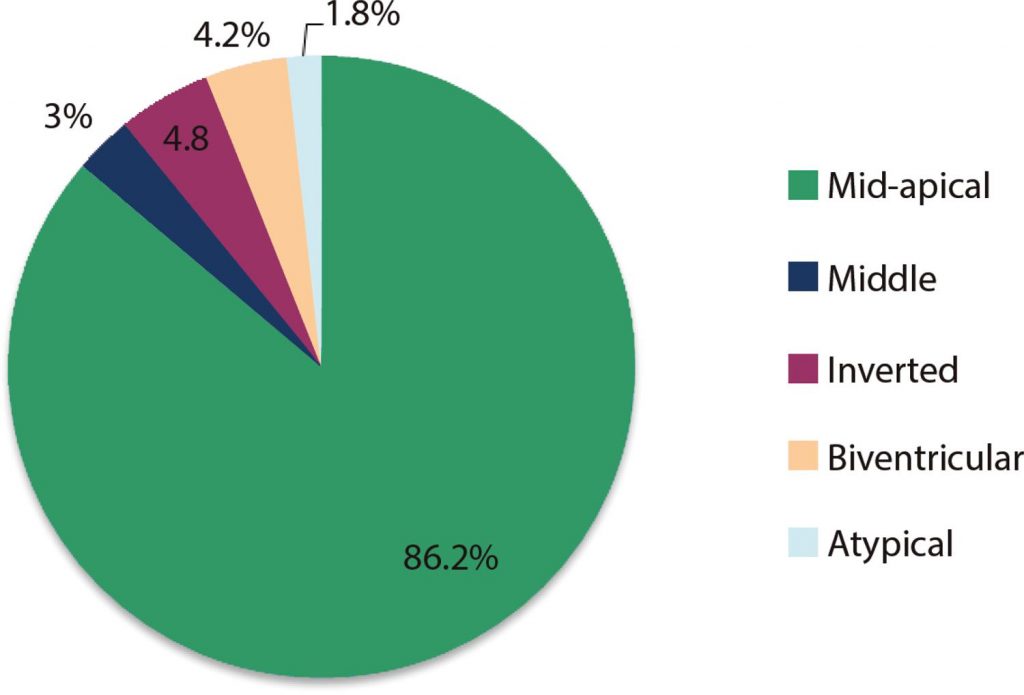Arq. Bras. Cardiol. 2020; 115(2): 207-216
Takotsubo Multicenter Registry (REMUTA) – Clinical Aspects, In-Hospital Outcomes, and Long-Term Mortality
This Original Article is referred by the Short Editorial "Takotsubo Syndrome, Does it Exist as a Specific Disease?".
Abstract
Background
Takotsubo syndrome (TTS) is an acquired form of cardiomyopathy. National Brazilian data on this condition are scarce. The Takotsubo Multicenter Registry (REMUTA) is the first to include multicenter data on this condition in Brazil.
Objective
To describe the clinical characteristics, prognosis, in-hospital treatment, in-hospital mortality, and mortality during 1 year of follow-up.
Methods
This is an observational, retrospective registry study including patients admitted to the hospital with diagnosis of TTS and patients admitted for other reasons who developed this condition. Evaluated outcomes included triggering factor, analysis of exams, use of medications, complications, in-hospital mortality, and mortality during 1 year of follow-up. A significance level of 5% was adopted.
Results
The registry included 169 patients from 12 centers in the state of Rio de Janeiro, Brazil. Mean age was 70.9 ± 14.1 years, and 90.5% of patients were female; 63% of cases were primary TTS, and 37% were secondary. Troponin I was positive in 92.5% of patients, and median BNP was 395 (176.5; 1725). ST-segment elevation was present in 28% of patients. Median left ventricular ejection fraction was 40 (35; 48)%. We observed invasive mechanical ventilation in 25.7% of cases and shock in 17.4%. Mechanical circulatory support was used in 7.7%. In-hospital mortality was 10.6%, and mortality at 1 year of follow-up was 16.5%. Secondary TTS and cardiogenic shock were independent predictors of mortality.
Conclusion
The results of the REMUTA show that TTS is not a benign pathology, as was once thought, especially regarding the secondary TTS group, which has a high rate of complications and mortality. (Arq Bras Cardiol. 2020; 115(2):207-216)
633

